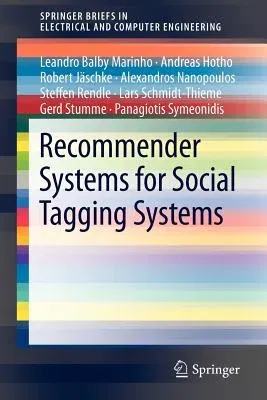Leandro Balby Marinho
(Author)Recommender Systems for Social Tagging Systems (2012)Paperback - 2012, 12 February 2012

Qty
1
Turbo
Ships in 2 - 3 days
In Stock
Free Delivery
Cash on Delivery
15 Days
Free Returns
Secure Checkout
Part of Series
Springerbriefs in Electrical and Computer Engineering
Part of Series
Springer Briefs in Electrical and Computer Engineering
Print Length
111 pages
Language
English
Publisher
Springer
Date Published
12 Feb 2012
ISBN-10
1461418933
ISBN-13
9781461418931
Description
Product Details
Authors:
Book Edition:
2012
Book Format:
Paperback
Country of Origin:
NL
Date Published:
12 February 2012
Dimensions:
23.39 x
15.6 x
0.66 cm
Genre:
Science/Technology Aspects
ISBN-10:
1461418933
ISBN-13:
9781461418931
Language:
English
Location:
New York, NY
Pages:
111
Publisher:
Series:
Weight:
185.97 gm

